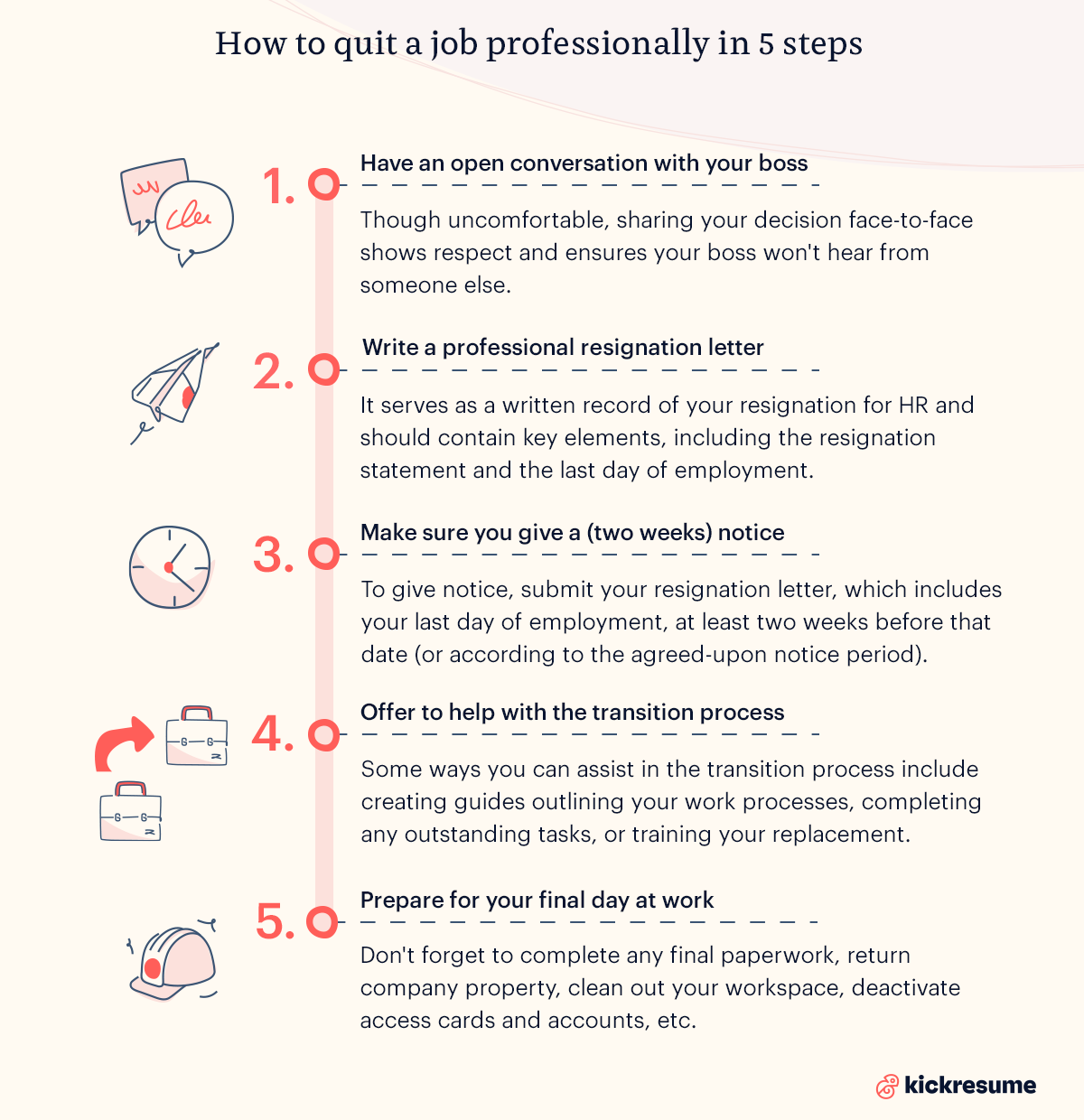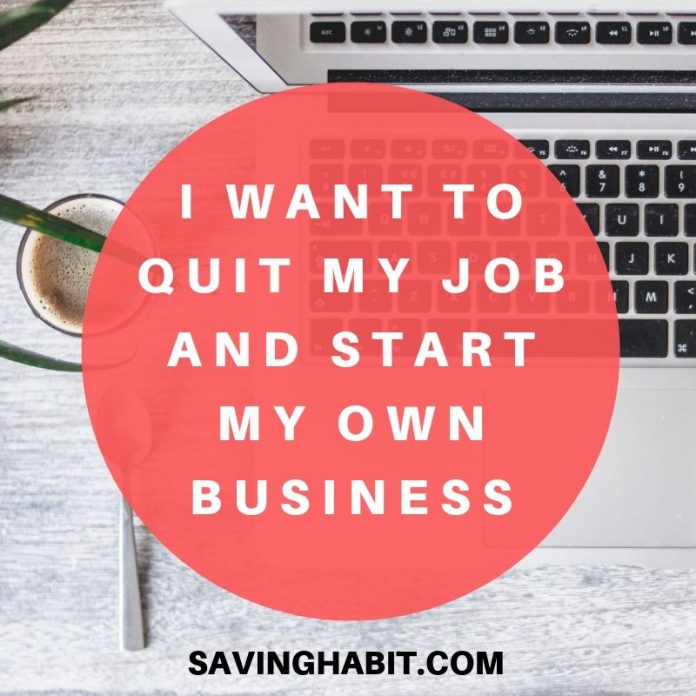How To Quit My Job And Start A Business

Ready to ditch the 9-to-5 grind? Countless are dreaming to start own business. Here's your guide to making that leap, minimizing risk, and maximizing your chances of success.
This article provides a concise, actionable framework for transitioning from employee to entrepreneur, covering everything from financial preparation to legal considerations, and the crucial steps in between.
Step 1: Validate Your Business Idea
Don't quit your job based on a hunch. Conduct thorough market research to validate your business idea.
Talk to potential customers, analyze your competition, and assess the overall demand for your product or service. Use tools like Google Trends or industry reports to gather data.
A 2023 study by the Small Business Administration found that businesses with a solid market validation process are 30% more likely to succeed in their first two years.
Step 2: Build a Financial Safety Net
Calculate your runway. Determine how much money you need to cover your living expenses and business costs for at least six months, ideally a year.
Cut unnecessary spending, build up your savings, and explore potential funding options like small business loans or grants. Consider a side hustle to increase income while still employed.
Remember, the U.S. Chamber of Commerce suggests having at least 3-6 months of operating expenses saved before launch.
Step 3: Develop a Solid Business Plan
A business plan is your roadmap to success. Outline your business goals, target market, marketing strategies, and financial projections.
Include a detailed cash flow analysis, a competitive analysis, and a clear articulation of your value proposition. This document will be essential for securing funding and attracting investors.
The Harvard Business Review emphasizes that a well-researched business plan significantly increases the likelihood of securing funding and achieving sustainable growth.
Step 4: Legal and Administrative Essentials
Choose your business structure (sole proprietorship, LLC, S-corp, etc.). Each structure has different legal and tax implications.
Register your business name, obtain the necessary licenses and permits, and set up a business bank account. Consult with an attorney and accountant to ensure compliance with all applicable regulations.
According to the IRS, failing to properly structure your business can lead to significant legal and tax complications down the road.
Step 5: Create a Transition Strategy
Don't burn bridges. Before resigning, prepare a professional resignation letter and offer to assist with the transition of your responsibilities.
Document your processes, train your replacement (if applicable), and ensure a smooth handover. Maintain a positive relationship with your former employer, as they could become a valuable client or referral source in the future.
Leaving on good terms can significantly benefit your future career, especially in niche industries, reported by Forbes.
Step 6: Build Your Network
Networking is crucial for new entrepreneurs. Attend industry events, join online communities, and connect with other business owners.
Leverage social media platforms like LinkedIn to build your professional network and promote your business. Seek out mentors and advisors who can provide guidance and support.
Entrepreneur Magazine highlights the importance of networking for gaining access to valuable resources, partnerships, and opportunities.
Step 7: Execute and Adapt
Launch your business and start executing your business plan. Be prepared to adapt and adjust your strategies as you learn and grow.
Track your progress, monitor your finances, and solicit feedback from your customers. Embrace a growth mindset and continuously seek ways to improve your products, services, and processes.
Remember to stay focused on your goals, remain persistent in the face of challenges, and celebrate your successes along the way, as suggested by Inc.
Next Steps
Begin researching resources like the Small Business Administration (SBA) and local Small Business Development Centers (SBDCs).
They offer free counseling, training, and resources to help you start and grow your business. Take advantage of these invaluable resources to increase your chances of success.















:max_bytes(150000):strip_icc()/how-to-quit-your-job-2058462_final-5b88044b46e0fb00254e9482-5bbf7aba4cedfd00265eb5f6.png)


